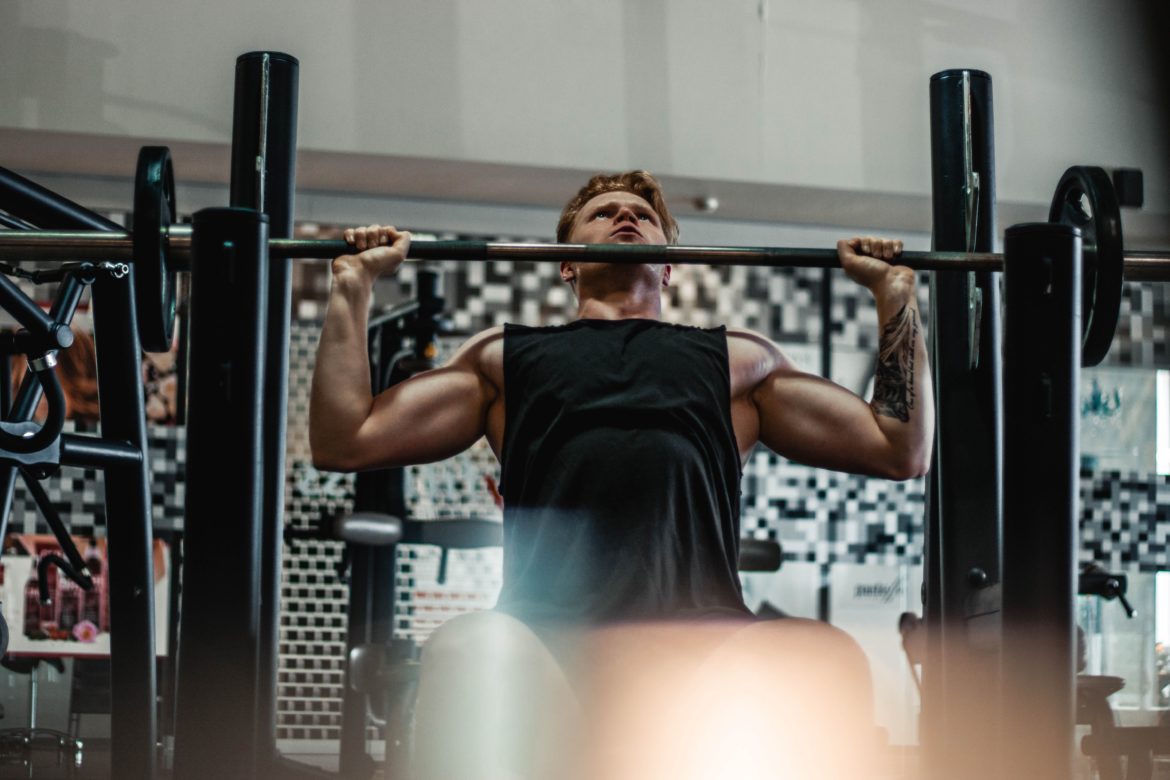Athletic strength training for performance is essential in improving performance on the tennis court by optimizing transfer of energy throughout the body.
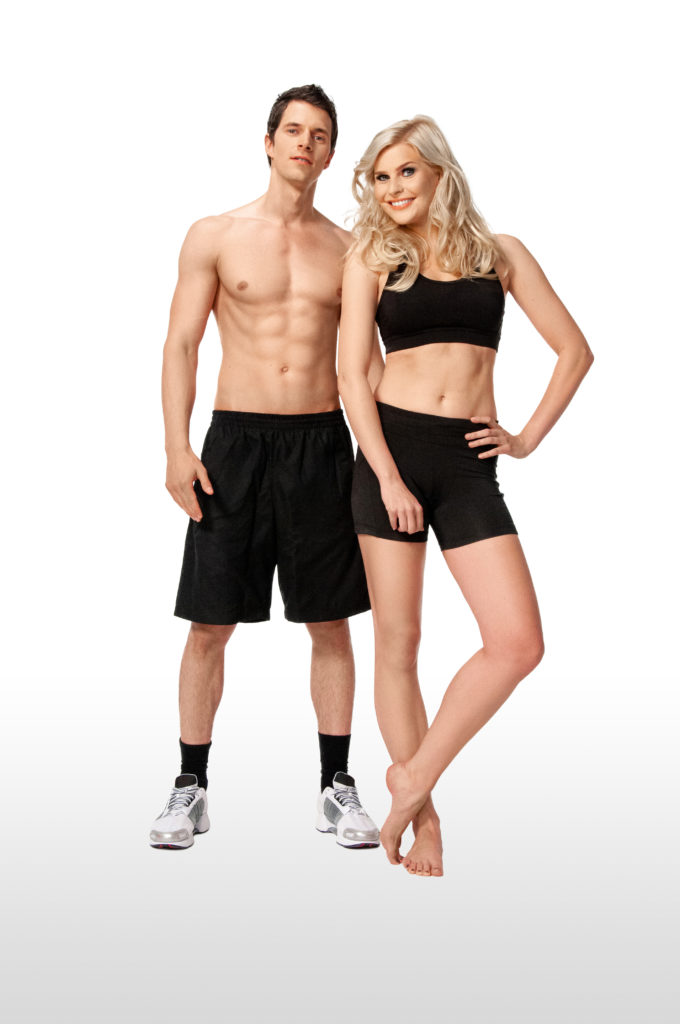
Athletic strength training for performance is the application of strength as it relates to conditioning, which means that the athlete needs to transfer energy through various muscle groups effectively in order to optimize performance.
It is the application of force couples rather than isolated force. This is different than high resistance strength training (weight lifting), where the focus is on maximizing force production!
Instead, the athlete learns how to efficiently transfer energy to apply force at the point of manifestation. This can be seen in the example of tennis:
When the athlete hits a ball with a racquet, the amount of force generated upon the ball from the racquet depends on force generated and transferred up through the different body segments (lower extremities, trunk and upper extremities)
Force is being transferred from one body segment to another segment, where the force is either further accelerated or decelerated depending on the efficiency of the system.
Why Athletic Strength Training for Performance Makes Sense
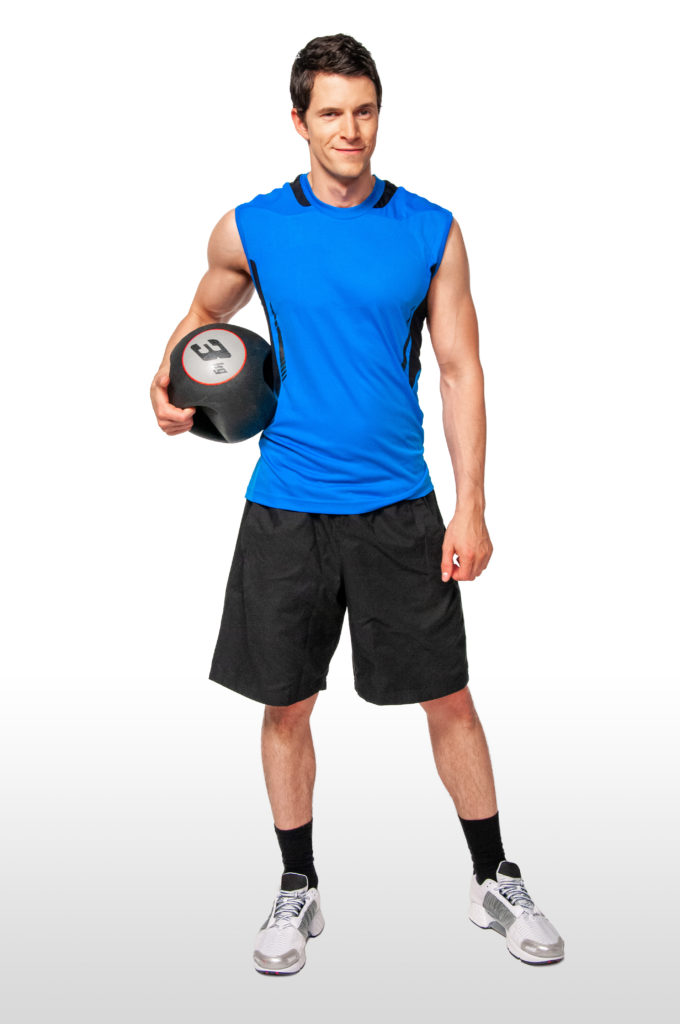
There are three (3) main reasons why strength training for performance is important:
- Reduces Strength Imbalances
- Increases Joint Force Production Capacity
- Enhances Agility through Effective Deceleration
The effective transfer of energy is the focus during strength for performance training.
This is accomplished by reducing muscular strength imbalances; strength imbalances decrease force production capabilities and increase the risk of injuries.
This makes the uniting of force couples very important because the athlete needs to have muscular strength balance for an effective transfer of energy to occur.
The Goal of Athletic Strength Training
Improving total force production of a particular body segment is the goal of high resistance strength training (weight lifting) but during athletic strength training for performance the goal is to increase the total force production of the entire joint!
For example, if the athlete were to only do weightlifting (resistance strength training), the best weightlifter would also be the best athlete but that’s simply not the case.
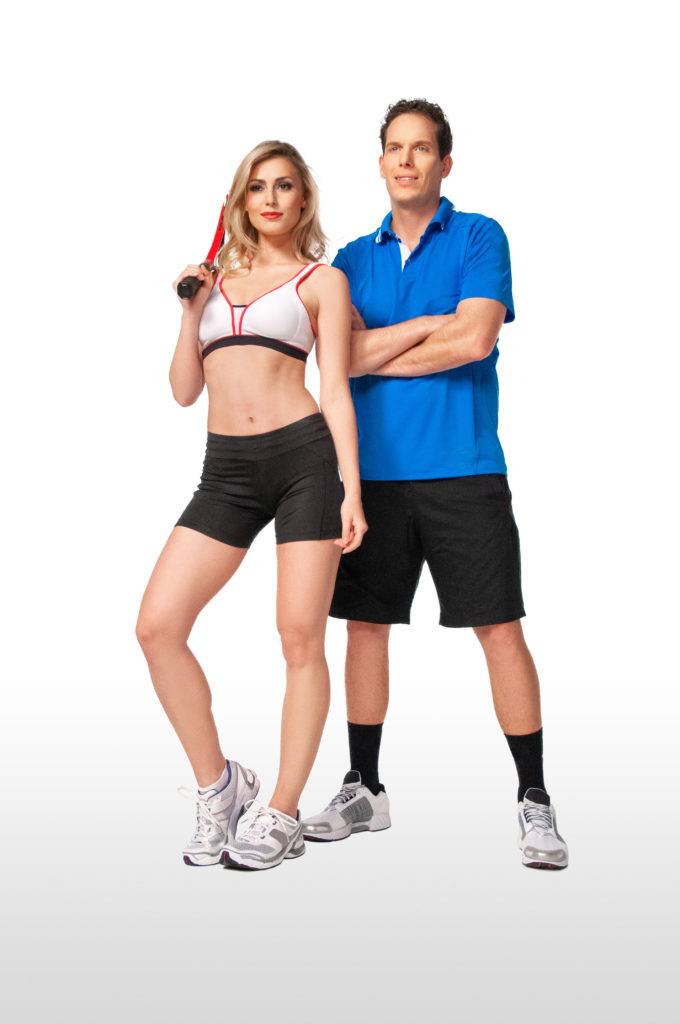
In tennis, the athlete is constantly changing body positions and moving in different directions, while having to hit a tennis ball (exerting force), which is very challenging.
Therefore the goal must be to enhance the neural pathways (nervous system) so as to be able to transfer energy through various body segments in order to increase maximum force output in a controlled fashion.
The ability to change direction effectively (agility) is very important because it allows the athlete to do more with the ball.

How precisely and powerfully you can hit the ball during a rally depends on how efficiently you can change direction and this depends on your ability to accommodate center of mass (body) deceleration during the hitting of the ball (applying force) in another direction.
If the athlete cannot decelerate effectively, the risk of injury increases because center of mass management is limited.
Athletic Strength Training for Performance Exercises
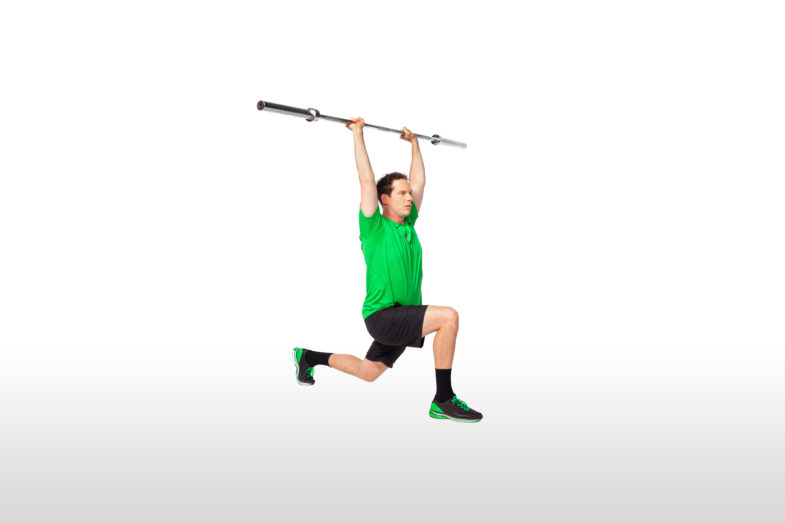
Following you’ll find a comprehensive list of Athletic Strength Training for Performance Exercises. They are divided into 4 categories:
- Asymmetrical loading exercises
- Low back exercises
- Lunge & presses exercises
- Transverse Exercises
Athletic Strength Training: Asymmetrical Loading Exercises
Athletic Strength Training: Low Back Exercises
Athletic Strength Training: Lunge & Presses Exercises
Transverse Exercise
Related Articles
- Player Development: How To Become a Great Tennis Player
- Ideal Tennis Player Body: Lean Mean Machine
- Why Core Training for Tennis Players is Important
- Athletic Strength Training Workout for Beginners
Training Zone
In this section we provide you with some more workouts and training tips you may be interested in to optimize your training:

